Upon the completion of his studies in mechanical engineering Ian Duncan joined the Bristol Aeroplane Company where he was promoted to chief technical assistant to chief engineer Roy Fedden in 1940.
Two years later Roy and Ian left Bristol to visit the US where they studied aero engine production methods on behalf of the British government.
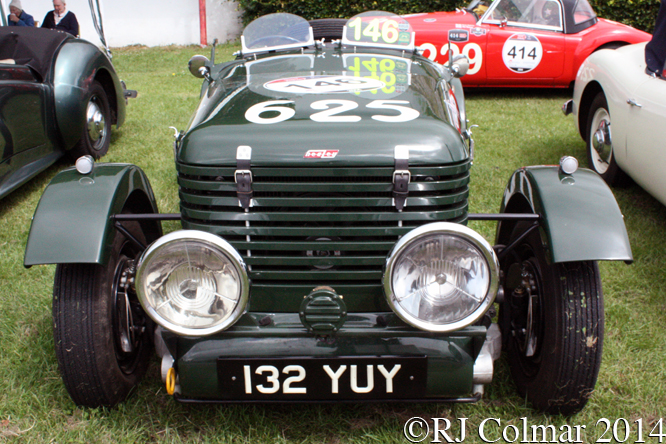
Back in the UK Ian joined Roy at Roy Fedden Ltd in Cheltenham which was set up with a view to designing and building a flat 6 aero engine, a gas turbine engine and an idiosyncraticvehicle with a three cylinder radial engine at the back driving the rear wheels through a torque converter with Alex Mouton designed rubber suspension for the road wheels.
It is not known if lack of finance or conceptual differences led Ian and Roy to part ways, but by the end of the war Ian had briefly joined his brothers canning machine company before founding Duncan Industries (Engineers) Ltd, with former Fedden employees including Frank Hamblin and Alan Lamburn based 130 miles north east of London in the little Norfolk town of North Walsham.
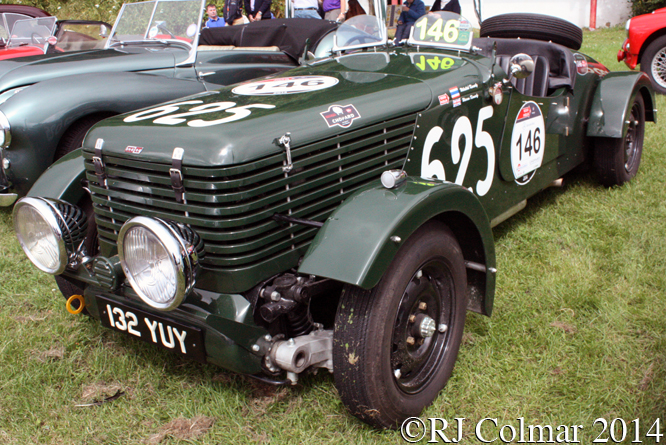
Ian was inspired to build a much smaller vehicle, than what turned out to be the extremely unstable Fedden, more in the mould of the American Crosley micro car, from whom he ordered five 10″ wheels and tyres around which he based his Dragonfly prototype.
Despite only being 10′ 9 1/2″ long and 4′ 1 1/2″ tall the Dragonfly was bristling with novelties including three abreast seating, a transversely mounted BSA 500 cc motor cycle engine driving the front wheels through a chain driven differential with half shafts and French designed constant velocity joints, the only thing the Dragonfly shared in common with the Fedden was Alex Moulton designed rubber suspension.
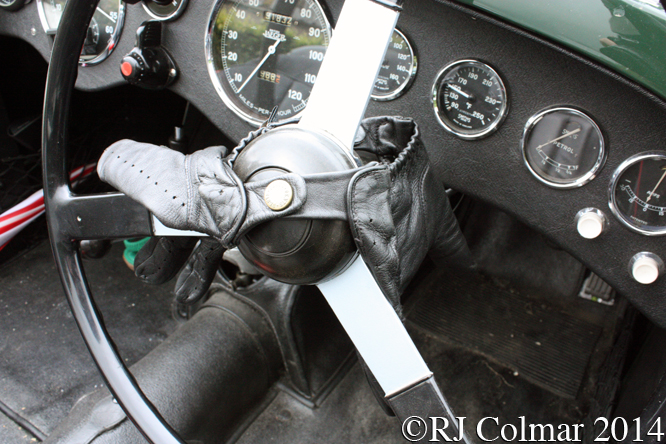
In order to fund the building of the Dragonfly prototype Duncan Industries bought three Riley powered Healey chassis and curiously chose to modify bodies from a Hillman Minx, Ford Anglia and Ford Popular for each respectively.
A scaled up version of the Dragonfly body was then fitted to an Alvis chassis and 23 further Healey’s were fitted with similarly scaled up Dragonfly saloon bodies plus one convertible as were 29 more Alvis chassis, several Daimler’s, Bentley’s and at least one Allard.
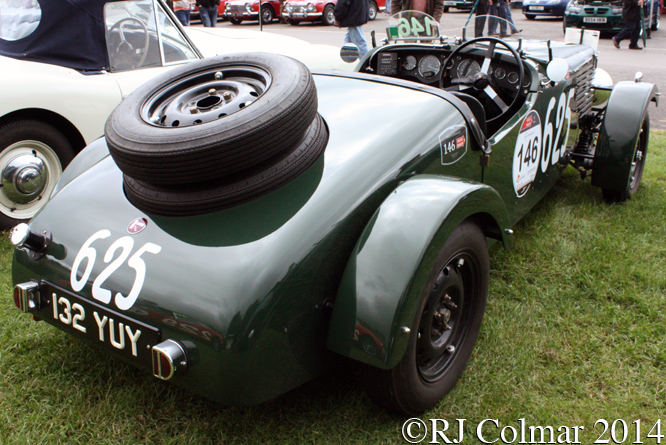
In an effort to encourage British manufacturers to find markets for their products abroad the Government introduced a 66.6% sales tax on vehicles costing more than £1,000 in 1947.
With the Duncan Dragonfly based bodied vehicles all costing far in excess of this Duncan produced a bargain basement Drone body for which the windscreen, passenger seat and spare wheel were all listed as extra’s to keep the price down for the domestic market.
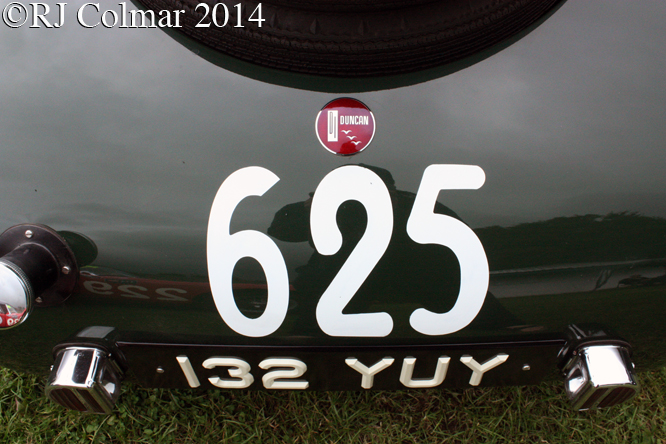
By cutting out every luxury the power to weight ratio of the Drone bodied Healey’s made them ideal for competition and today’s featured Drone was one of four Healey’s that took part in the 1949 Mille Miglia.
This particular car took the start at 6:25 am with James Cohen and Reg Hingett aboard. 35kms later Reg was dead after the car collided with a bridge and while James would eventually be repatriated back to the UK, he too would succumb to his injuries.
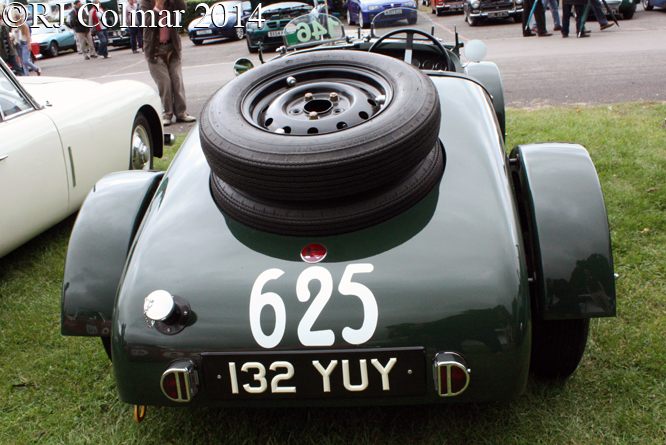
Repairs to the 1947 chassis seen here at a Castle Combe Classic & Retro Action Day were not completed until 2013.
Today’s featured car is one of just two Drones believed to have survived from the 15 known to have been built.
Thanks for joining me on this “Tax Minimising Special” edition of “Gettin’ a li’l psycho on tyres” I hope you will join me again tomorrow when I will be looking at another Indy car. Don’t forget to come back now !

